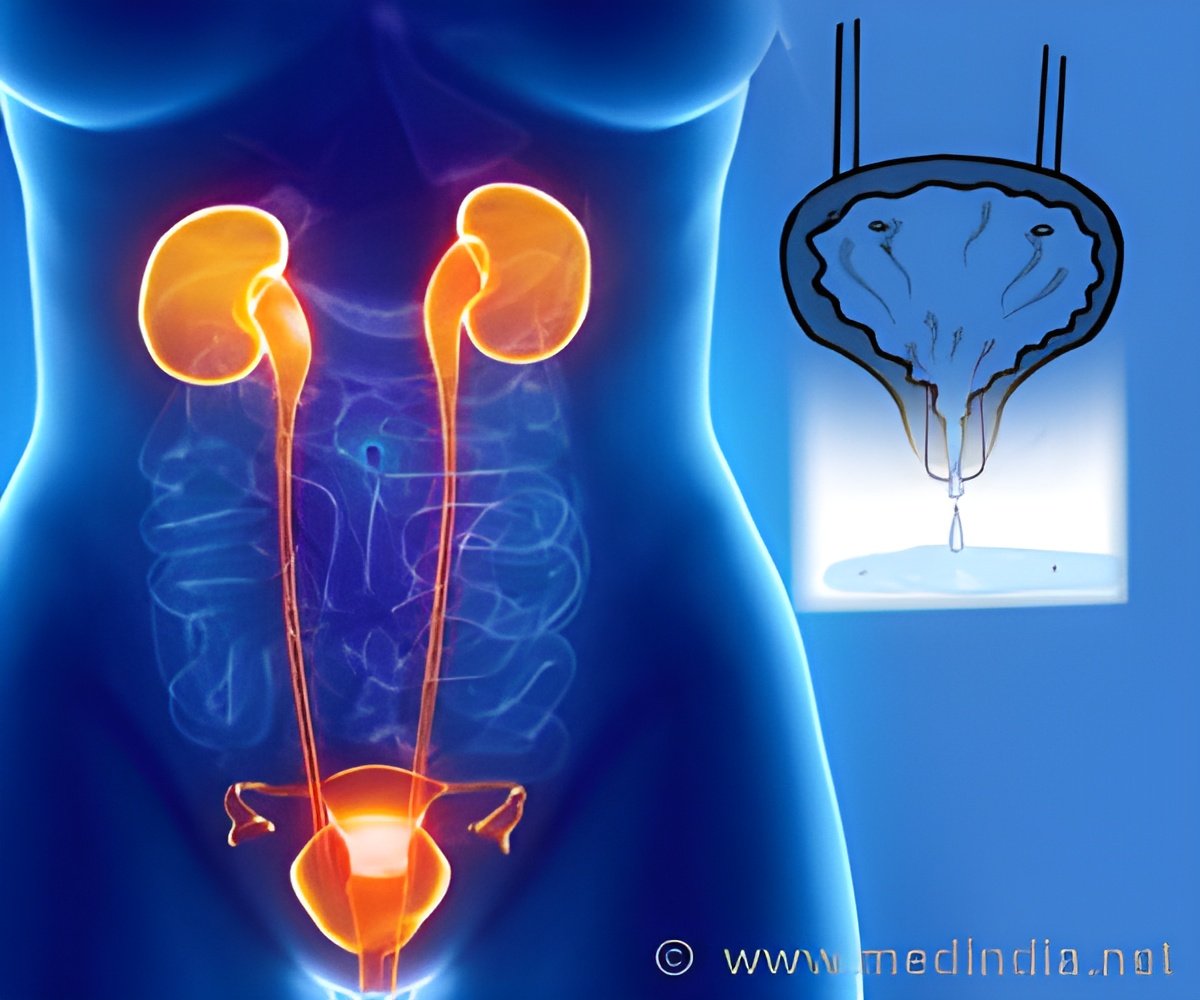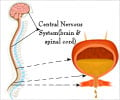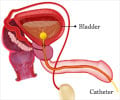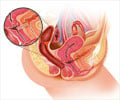
"Urinary incontinence is a common problem for women that is often underreported and underdiagnosed," said Dr. David Fleming, president, ACP. "Physicians should take an active approach and ask specific questions such as onset, symptoms, and frequency of urinary incontinence; it is estimated that about half of the women with incontinence do not report it to their doctor."
For women with stress UI (the inability to retain urine when laughing, coughing, or sneezing), ACP recommends Kegel exercises and recommends against systemic drug therapy. For women with urgency UI (the loss of urine for no apparent reason after suddenly feeling the need or urge to urinate), ACP recommends bladder training. If bladder training is unsuccessful, ACP recommends medication. Physicians should choose a medication based on adverse effects and tolerability, ease of use, and cost.
For mixed UI, a combination of stress and urgency incontinence, ACP recommends Kegel exercises with bladder training. For obese women with UI, ACP recommends weight loss and exercise.
ACP's guideline, "Nonsurgical Management of Urinary Incontinence in Women," includes High Value Care advice to help doctors and patients understand the benefits, harms, and costs of tests and treatment options so they can pursue care together that improves health, avoids harms, and eliminates wasteful practices.
UI contributes to high medical spending in the United States. Approximately $19.5 billion was spent on UI care in 2004, and UI accounts for 6 percent of nursing home admissions for elderly women, costing around $3 billion.
Advertisement
Kegel exercises are a form of pelvic floor muscle training that comprise relaxing and tightening the muscles that control urine flow. Bladder training is a form of behavioral therapy that involves urinating on a set schedule and gradually increasing the time between urination.
Advertisement
Risk factors for UI include pregnancy, pelvic floor trauma after vaginal delivery, menopause, hysterectomy, obesity, urinary tract infections, functional and/or cognitive impairment, chronic cough, and constipation.
ACP's recommendations are based on published literature in the English language on nonsurgical management of UI in women from 1990 through December 2013. ACP did not evaluate surgical treatment options and some nonsurgical treatments, such as botulinum toxin, percutaneous nerve stimulation, magnetic stimulation, or electrical stimulation, because these treatments are not typically utilized by or available to primary care physicians.
Source-Eurekalert















